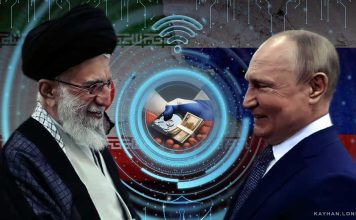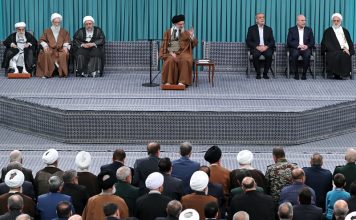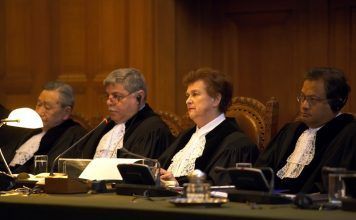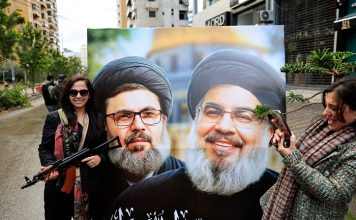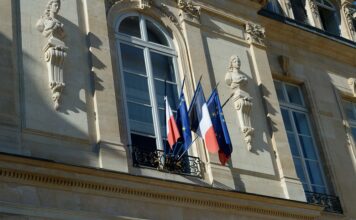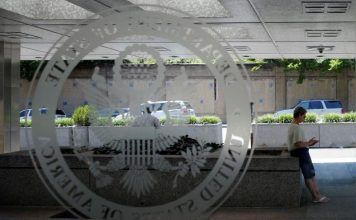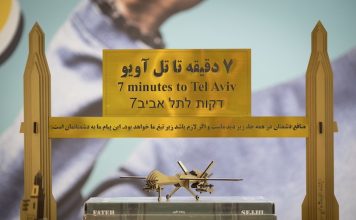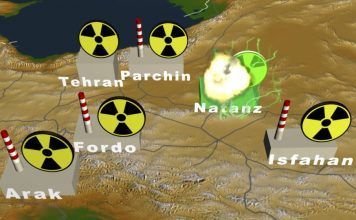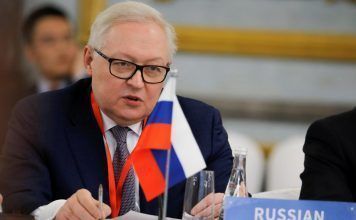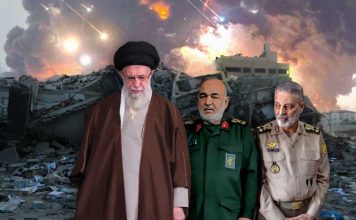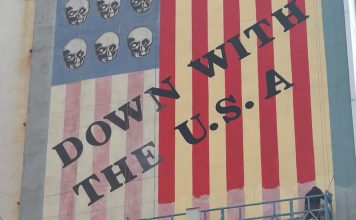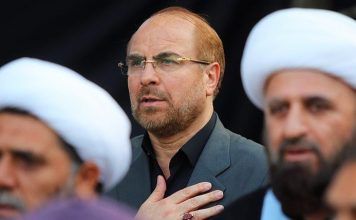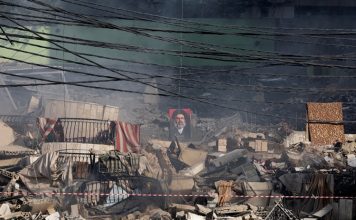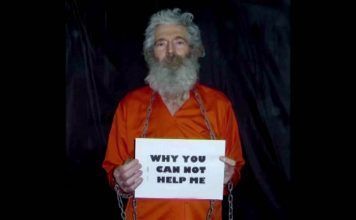By Ahmad Rafat
The U.S. government is handing over $6 billion in frozen Iranian assets and releasing five detained Iranians as part of a deal with the Islamic Republic of Iran, in exchange for the release of five U.S.-Iranian dual citizens held hostage in Iran. The White House has avoided using the term ‘agreement’ to describe the deal, calling it an ‘arrangement’ instead.
The State Department has announced that the five Iranians who were detained in the US on charges of violating US sanctions will be released, along with the unfreezing of $6 billion dollars worth of frozen Iranian assets.
US President Joe Biden’s administration prefers to refer to this ransom payment to the Islamic Republic – which comes on the eve of the first anniversary of the killing of Mahsa (Jina) Amini — as a mere ‘arrangement.’
Amini was a 22-year-old Kurdish woman who died three days after her arrest from injuries sustained on September 16, 2022 while in a Tehran hospital. Her murder sparked widespread protests across Iran, with people demonstrating in the streets of more than 150 cities for many months.
More than 600 people were killed during these protests by police and Basij forces (a branch of the Islamic Revolutionary Guard Corps). More than 100 others lost their eyesight as a result of being shot with rubber bullets, and nearly 20,000 were arrested.
Heavy Security in Iranian Cities on Anniversary of Mahsa Amini’s Death in Custody
The Biden administration avoids using the term ‘agreement’ to describe the deal with Iran so as not to be held accountable to the US Congress. The release of funds and detainees may put other US citizens and dual nationals at risk of being detained if they travel to Iran, as the regime may offer to exchange their freedom for the release of assets frozen by the US.
The money will not be used to meet the needs of the Iranian people, despite claims to that effect by US officials. Likewise, Iranian funds freed by Iraq last month are likely to be allocated for other purposes, such as sponsoring religious pilgrimages to Shia holy sites in Iraq, or supporting proxy militias in the region that are affiliated with the Islamic Revolutionary Guard Corps Quds force. These include Hezbollah in Lebanon, the Houthis in Yemen, or the members of the Popular Mobilization Forces in Iraq (Al-Hashd al-Shaabi), as well as Hamas and Islamic Jihad in the Gaza Strip.
Of course, part of this money will also be spent on suppressing the freedom movement led by the Iranian people.
Many believe that a portion of the $6 billion released in South Korea, as well as the $10 billion potentially released in Iraq and the $3 billion dollars frozen by Japan, might actually be directed towards Iran’s nuclear program – to activities such as the enrichment of uranium to near-weapons grade levels, advanced centrifuge technology, long-range missile production, and the construction of new underground military facilities. The Islamic Republic has reportedly given the US an unwritten commitment not to enrich uranium beyond 60 percent for now.
There is an additional amount that Washington has agreed to grant Iran: a Special Drawing Right of another $7 billion from the International Monetary Fund.
In total, the payments that the White House is making to the Islamic Republic could be as high as $26 billion.
The Biden administration has also turned a blind eye to Iran’s oil exports, which are officially under sanctions. In August 2023, the Islamic Republic exported 2.2 million barrels of oil daily to China, Venezuela, and Syria – far more than its daily exports of 300,000 to 400,000 barrels in 2022.
US government support for the Islamic Republic is surprising, especially given that Iranian President Ebrahim Raisi is traveling to New York to attend the United Nations General Assembly sessions starting on Sept. 18 – two days after the Mahsa Amini anniversary.
Critics of the White House say this is no coincidence, and believe that the trip may pave the way for short-term but broader agreements between the Islamic Republic and the United States.
Prince Reza Pahlavi, the former crown prince of Iran, referred to the Tehran-Washington agreement as “ransom” and accused the White House of standing by the “murderers of the Iranian people.”
He recalled that such a deal was “taking place on the eve of Mahsa Day, when Iranians inside and outside the country are preparing for protest rallies.”
He said the deal was “disappointing Iran’s freedom-seekers,” emboldening “the repressive regime of the Islamic Republic,” and presenting “a gift to this regime and to Ebrahim Raisi before his trip to New York.”
Prince Reza Pahlavi : ‘The Alternative to the Islamic Republic is the Iranian nation’



